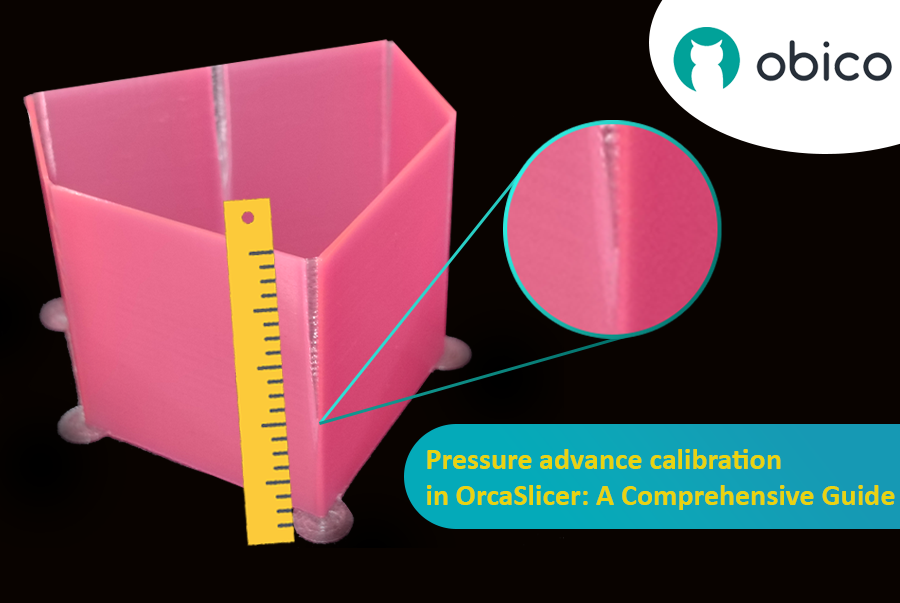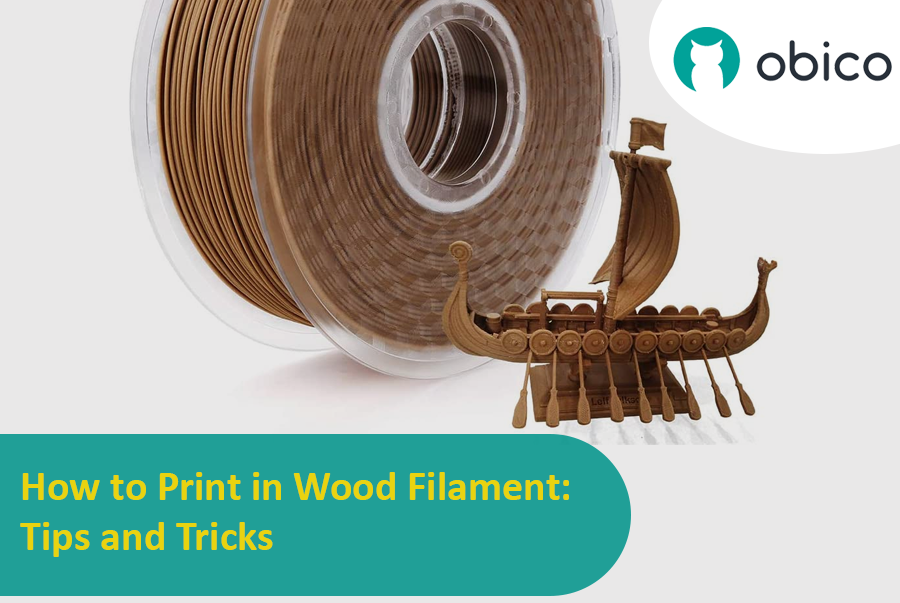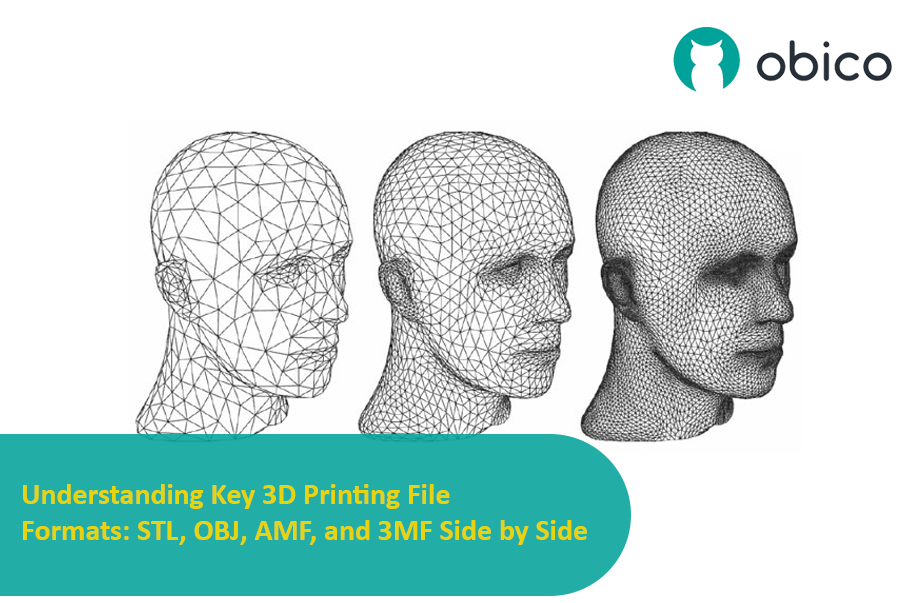Try JusPrin, the first GenAI 3D printing tool built on OrcaSlicer.
Visão geral do avanço de pressão
Imagine que você está desenhando com uma caneta que às vezes derrama muita tinta e outras vezes quase nada. Na impressão 3D, algo semelhante pode acontecer quando a impressora se move rapidamente e muda de velocidade – isso pode afetar a quantidade de plástico que sai.

Mas por que sua impressora às vezes erra na quantidade de plástico que sai?
Em uma impressora 3D, o filamento sai com base na pressão exercida dentro do bico. É como uma mangueira de jardim: você precisa de pressão de água suficiente antes que ela esguiche. Quando a impressora acelera ou desacelera, como ao fazer curvas, demora um pouco para que a pressão do bico se ajuste. Se a impressora se mover muito rápido e muito cedo, não sai filamento suficiente. E se ela desacelerar muito rápido, sai filamento demais. Isso pode fazer com que os cantos da sua impressão pareçam um pouco bagunçados, porque a impressora não ajustou o fluxo do filamento corretamente para as mudanças de velocidade.
E é aqui que o Avanço de Pressão entra em ação. É um recurso inteligente que compensa essas mudanças, garantindo que a quantidade certa de filamento seja extrudada conforme a impressora acelera ou desacelera. Com o Avanço de Pressão, sua impressora lida melhor com as transições de velocidade, resultando em impressões mais suaves e nítidas, especialmente nos cantos mais difíceis.


